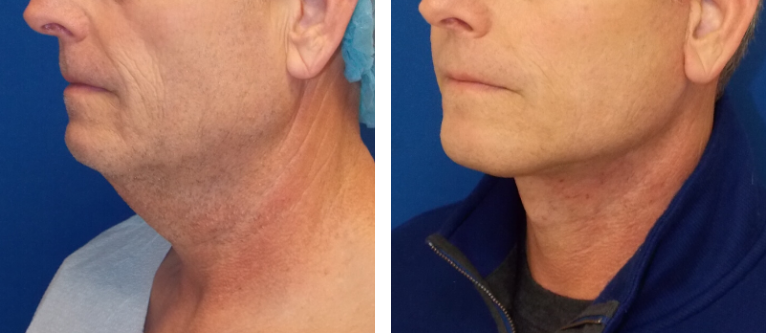Breast augmentation is one of the most common cosmetic surgical procedures performed. One of the most common topics of conversation regarding breast implants is their shelf life, or “how long do they last?” For women considering breast implant removal and possible implant replacement, there are several important things to understand in order to make an informed decision.
Breast implants have no expiration date; however, this doesn’t give you the guarantee that it will also last a lifetime. A report from the Food and Drug Administration (FDA) in 2011 states that the older the implants are, the greater possibility that someone will experience complications. So when should you consider replacing your implants? Below are the warning signs that indicate it’s time for your implants to be revised and replaced to help you clear up the confusion.
Rippling
The appearance of rippling or wrinkling on the breast’s skin sometime after breast augmentation surgery can be multifactorial. The most common reason for breast rippling is the insufficient breast tissue to cover over the implant. Switching the type of implant or size of the implant can stop the rippling. Dr. Navin Singh explains, “For instance, if it’s a saline implant, it can be converted to silicone and if it’s a silicone implant it can be converted to a more cohesive or gummy style of implant”.
Rupturing
One of the most common signs that your breast implant needs replacement is when it starts to rupture. A ruptured silicone breast implant can be quite tricky to notice as it will still feel and look the same. This is due to the fact that when silicone implants rupture, it will only be contained around the implant and will not travel anywhere else in the body. With this, the FDA recommends women with silicone breast implants to get an MRI once every three years to check for ruptured silicone. On the other hand, a ruptured saline implant is easy to detect as it causes your breast to deflate.
Deflating
If your breast decreases in size or deflates like a balloon, then it could be caused by a leaking saline breast implant. This can happen slowly until all the saline leaks out; and then absorbed by the body naturally.
Capsular Contracture
Typically, the scar tissue during breast augmentation is soft, giving your implant a more natural look and feel. Capsular contracture is a process where scar tissue starts to compress the implant, potentially causing discomfort with visible rippling. Dr. Singh states, “Some patients with mild capsular contracture aren’t bothered by them despite the fact they have firmness associated with their breasts. If they’re not having any pain or visible issues, some firmness is okay. When it gets to be severe, such that the cosmetic result is suboptimal or if pain is constantly present, then surgery is warranted”.
Based on the FDA’s data, about 25% of patients with silicone breast implants and 8% of patients with saline breast implants had undergone breast implant removal or explantation. The lifespan of silicone implants is the same as its saline counterpart, the only difference is how they can be detected. Any rupture on silicone implants can only be detected through an ultrasound or an MRI.
If you are experiencing the 4 warning signs above, you may need to undergo a breast implant replacement.
It is important to receive care from an experienced & board-certified plastic surgeon. Patients from around the world and Washington DC, Maryland, and Northern Virginia come to Washingtonian Plastic Surgery because of Dr. Singh’s results and expertise on breast implant removal and breast implant replacement. Remember that experience counts and quality matters. You owe it to yourself to seek out the highest quality surgeon. Contact Washingtonian Plastic Surgery for your consultation!








